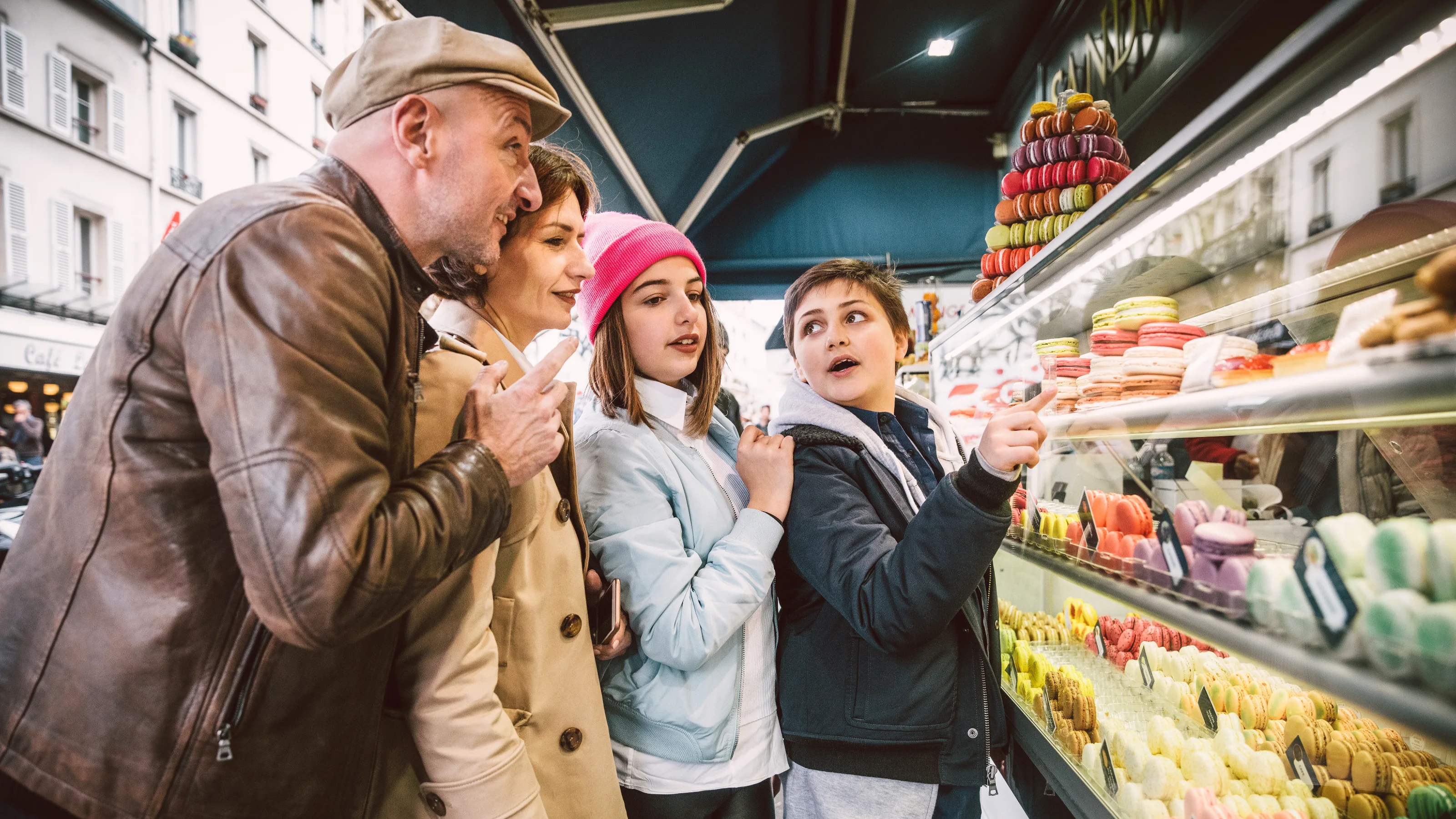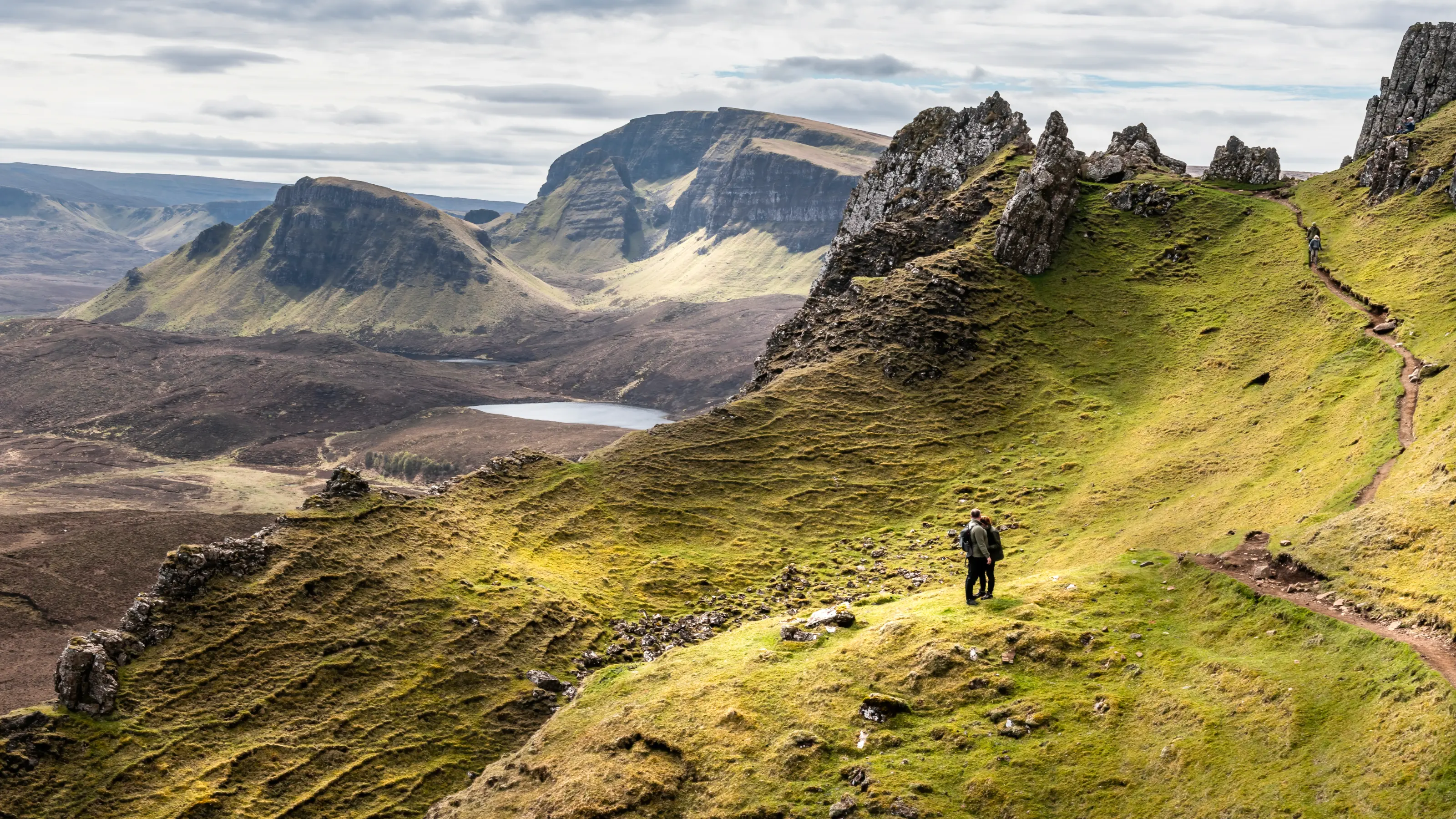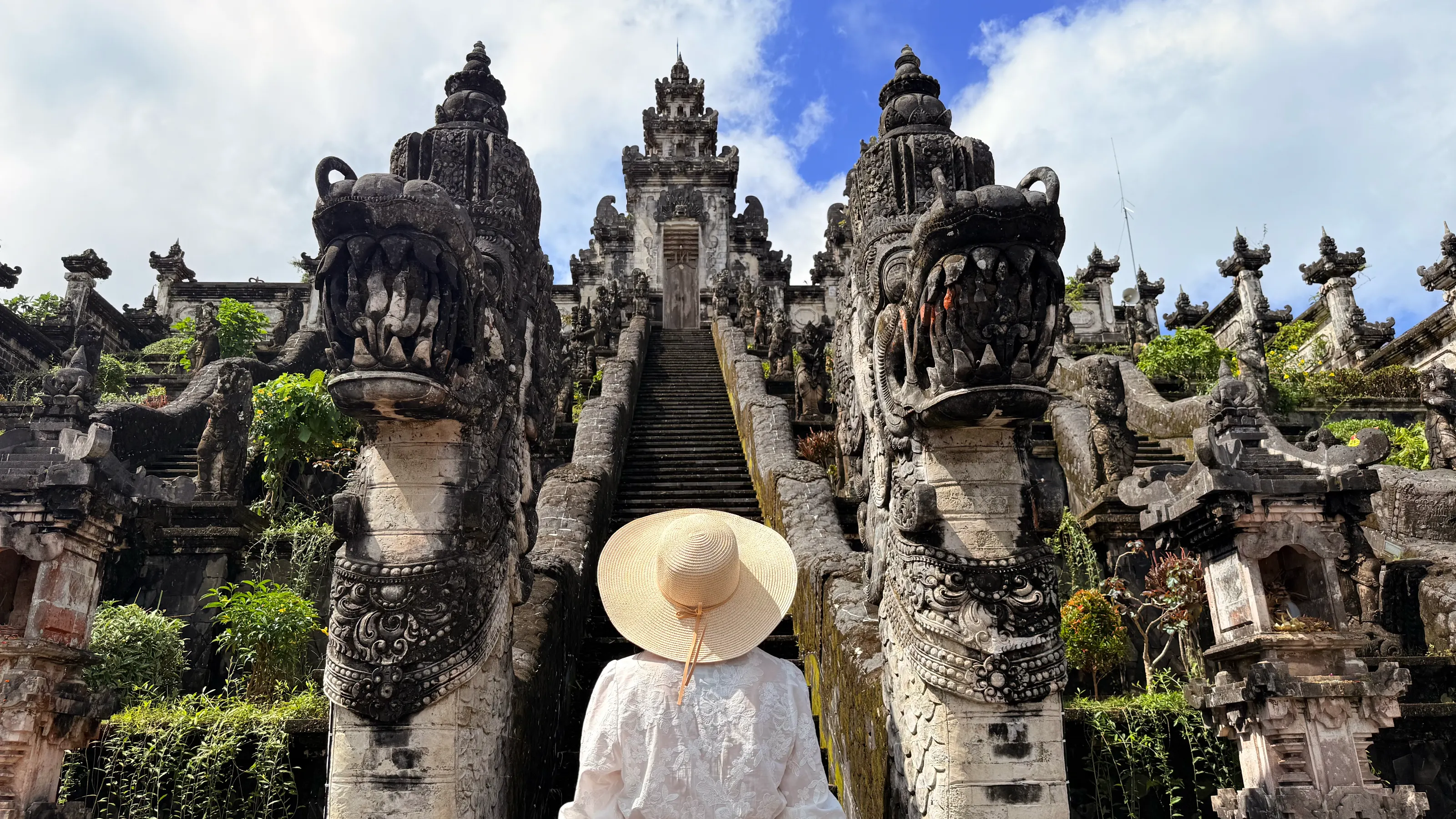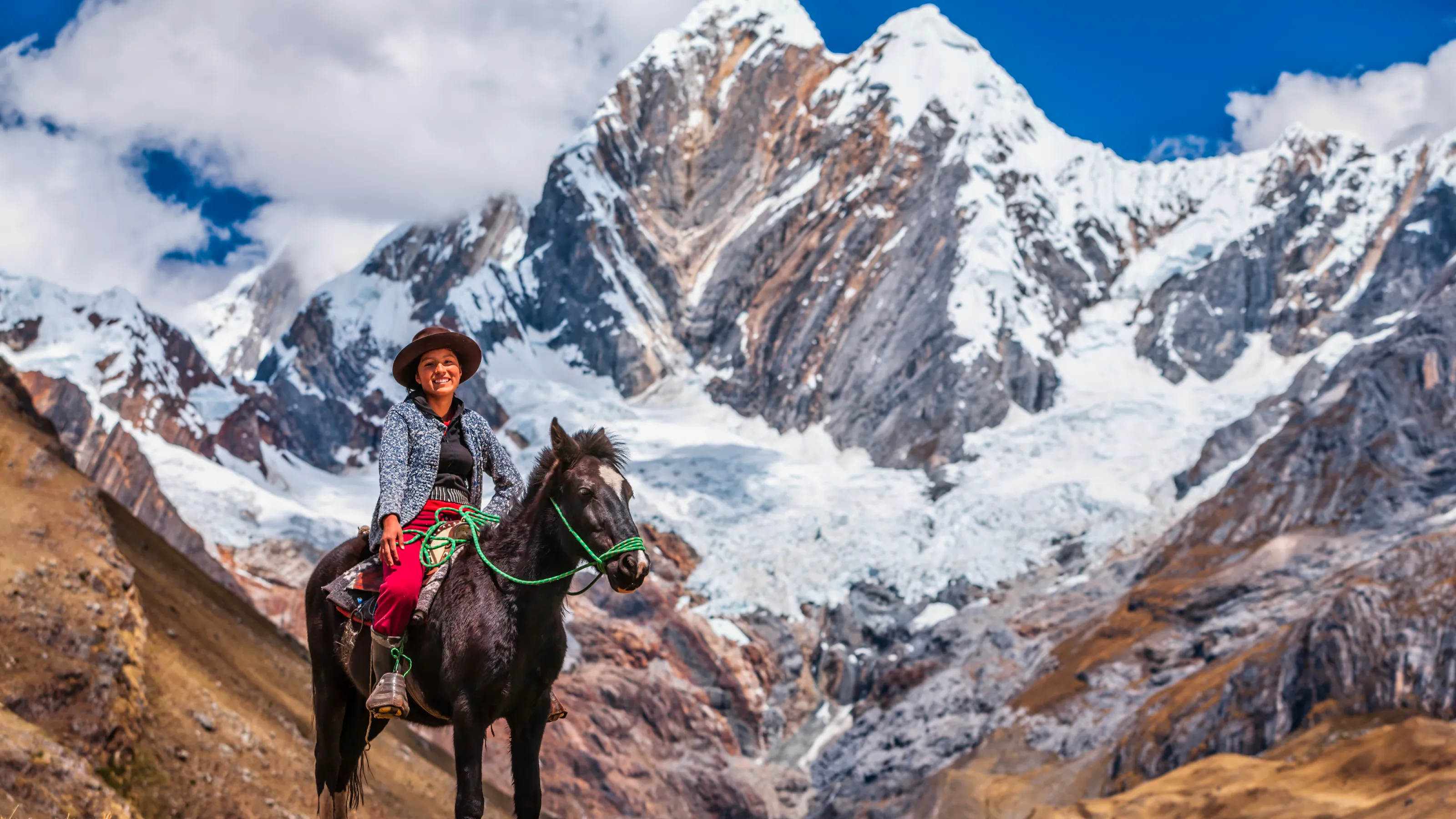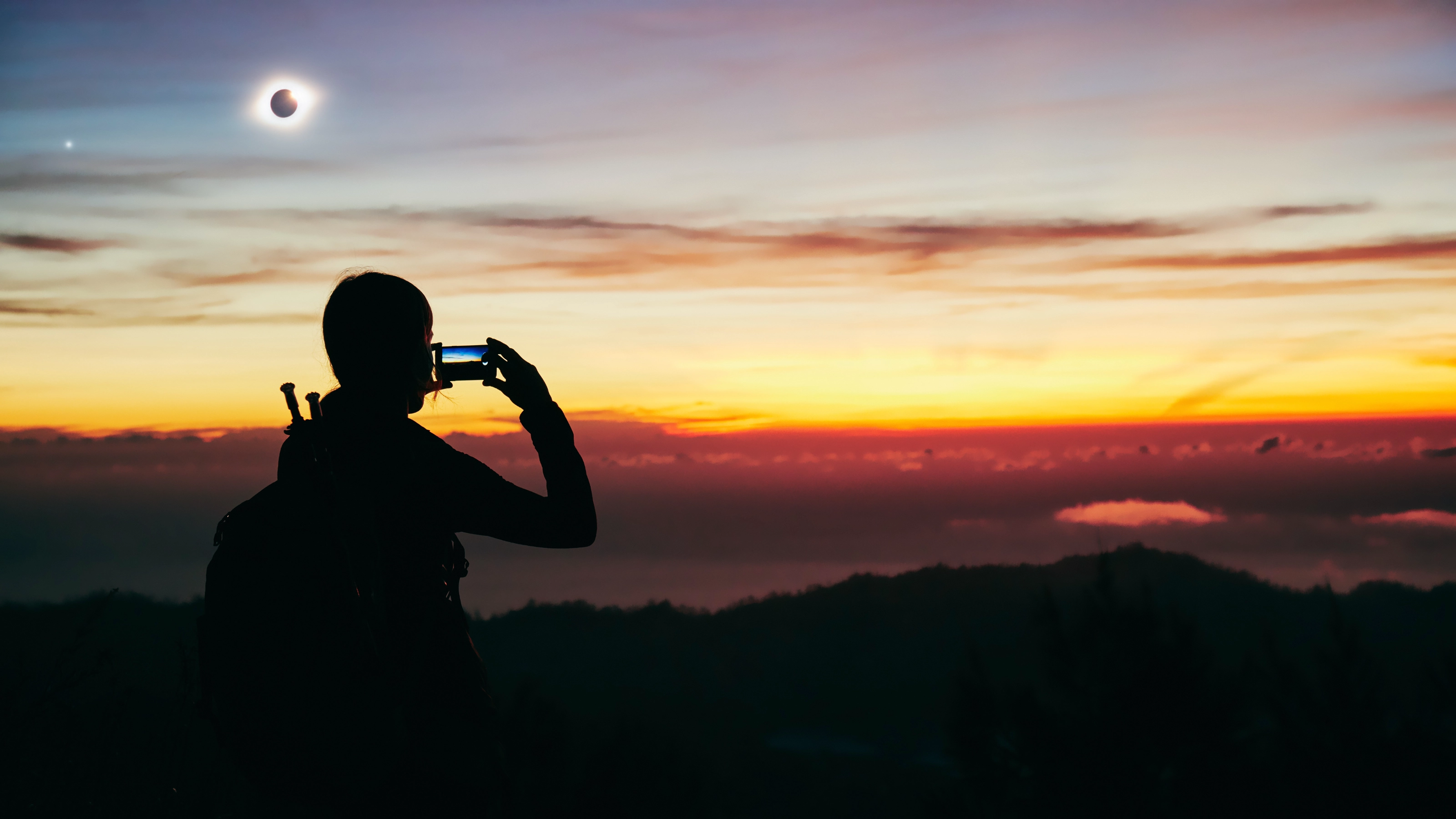Mossel Bay to Storms River: A guide to South Africa's Garden Route

If you’re planning a trip to South Africa, the Garden Route is an excellent addition to any travel itinerary. A 300km (190 mi) coastal stretch spanning from Mossel Bay to the mouth of Storms River, the Garden Route is one of the best things to do in South Africa, blending beaches, forests, and towns and boasting some of the most popular destinations in the country.
Whether you dream of driving the cliff-edge roads or joining a guided tour to see the highlights, we’ve got you covered. Find everything you need to know about the Garden Route in South Africa, from where to go and what to see to when to visit and what to pack, in this comprehensive guide.
When to visit the Garden Route
While the Garden Route has something to offer year-round, each season comes with special considerations. The best time to visit South Africa depends on the kinds of experiences you want to pursue and whether you have particular activities in mind.
Weather on South Africa’s Garden Route
December to February is South Africa’s summer, bringing warm days ideal for watersports, coastal hiking, and beach hopping. The coastlines and forests are at their greenest, but summer is also peak season in South Africa, so expect some crowds and higher rates for rooms. It’s not uncommon for accommodations to book up in advance at popular spots like Plettenberg Bay and Knysna. In autumn (March to May), evenings start to cool, popular areas are generally quieter, and the weather is great for outdoor adventures and wine tasting.
Winter (June to August) can present some blustery conditions, but, like spring (September to November), it’s the best time of year for whale-watching. Sightings typically peak between July and October, when humpback whales migrate. If you’re planning to go on safari on your South Africa trip, visit in July or August because the vegetation is drier, making many animals easier to spot.
Make it happen on: Kruger Safari & The Garden Route
Where to go on the Garden Route
Key destinations along the Garden Route boast some of the best coastal reserves, forests, and beach towns in South Africa, but where should you start and which places should you prioritize? Let’s dive deeper into the best spots to include on your Garden Route itinerary.
Make it happen on: South Africa: Cape Town & The Garden Route
Head to Mossel Bay for coastal adventures
A harbour town in Western Cape Province, Mossel Bay is the first stepping stone on the route east to Storms River. While it's known for Santos Beach, the Bartolomeu Dias museum complex, and stunning bay views from Cape St. Blaize Lighthouse, Mossel Bay is also a hub for surfing, sandboarding, and whale-watching. If you want to kickstart your journey with an adrenaline spike, there’s a shark cage with your name on it.
Visit Knysna for forests and food festivals
About an hour and a half’s drive east of Mossel Bay is Knysna, nicknamed the Jewel of the Garden Route. This town is unmissable, offering lush forests, an abundance of natural beauty, and a vibrant arts scene. If you’re a fan of shooting back oysters, time your trip for the Knysna Oyster Festival, which takes place in July. This event celebrates the region’s oysters with a mix of culinary events, unique dishes, entertainment, and even an oyster-shucking competition.
Check out the beaches and wildlife in Plettenberg Bay
Did someone say beach? Next up is Plettenberg Bay, about 35km (22 mi) east of Knysna. The pristine sands of Central and Lookout attract tons of visitors for bodyboarding, surfing, and sunbathing, though these stretches of sand are just two of the six Blue Flag beaches on offer. Many strands include handy amenities, such as public toilets, restaurants, and sometimes parking, though it's often limited. Just 8km (5 mi) south is Robberg Nature Reserve, a UNESCO World Heritage site offering scenic hikes with close-up views of Cape fur seals.
Go to Tsitsikamma National Park for adventure in nature
Continue the Garden Route to Tsitsikamma National Park for ancient forests and dramatic vistas. Take the 2km (1.25 mi) trail to Storms River Suspension Bridge, a 77m-long (252 ft) bridge that crosses the meeting point of the Storms River and the Indian Ocean, where you can gorge on the spectacular views and picture-perfect photo spots. From there, enthusiastic hikers can head to Otter Trail, a multi-day excursion to Nature’s Valley, while adrenaline seekers flock to the zip lines or try their hand at abseiling.
Best hiking trails on the Garden Route
Thanks to its diverse landscapes, the Garden Route is fertile ground for a variety of hiking trails, both coastal and forested. If you’re an enthusiastic hiker, grab your boots and plenty of water and prepare to be enamoured with some of the region’s best-loved natural paths. Garden Route hiking trails come in a range of distances and difficulty levels, so you can cherry-pick your favourites to suit your mobility level and time budget at each stop.
Top coastal hiking trails
Robberg Nature Reserve has excellent hiking trails that are perfect for travellers interested in glimpsing South African wildlife in its natural habitat. With circular routes ranging from 2km (1.25 mi) to 9km (5.6 mi) and views of the coast and seal colonies, this spot is truly special. If your fitness and mobility levels allow, take on the significantly more challenging Otter Trail, which starts at the Storms River mouth. This famous water-rich trail spans 42km (26 mi) of cliffs, beaches, waterfalls, river crossings, and marine life, but hiking it requires a permit.
Hiking trails through the forest for waterfalls and birdwatching
Don’t panic, birdwatchers — we haven’t forgotten you. Wilderness National Park, also known as the Wilderness Section within Garden Route National Park, is located between George and Knysna. This gorgeous area has a host of trails, including the Giant Kingfisher Trail and the Brown-Hooded Kingfisher Trail (permits required). Lucky hikers can expect to hear and see feathered friends, such as the Cape batis, jackal buzzard, and the giant kingfisher. This area is also home to lush forests, tranquil waterfalls, camping sites and picnic spots.
Where to spot wildlife on the Garden Route
It wouldn’t be a trip to South Africa without the magic of seeing majestic animals with your own eyes. While many visitors visit Kruger National Park and Madikwe Game Reserve to go on safari before or after travelling on the Garden Route, incredible wildlife does exist all around nature-rich South Africa.
Make it happen on: South Africa: The Garden Route
See safari animals at Addo Elephant National Park
Addo Elephant National Park isn’t technically on the Garden Route, but it is a popular add-on at the eastern end, especially if you’re interested in visiting Port Elizabeth, a 30-minute drive away. It’s also a great option if you can't fit in a bigger safari because Addo Elephant National Park is one of the closest parks to the Garden Route where you can glimpse all the big animal stars, including lions, buffalo, rhinos, hippos, and elephants. It’s also home to more than 400 species of birds, including Cape gannets and African penguins.
Discover diverse habitats at Garden Route National Park
Encompassing the Tsitsikamma, Wilderness, and Knysna areas, Garden Route National Park is connected to multiple Garden Route stops and combines a myriad of ecosystems, from ancient forest and mountains to wetlands and rivers, in one compact region. Its environmental diversity creates habitats for a huge range of stunning creatures, including baboons, seals, Cape cobras, and wild cats. Don’t forget your binoculars!
Find marine life and dolphins at Plettenberg Bay
A great wildlife destination for its seal colony and seasonal whale-watching opportunities, Plettenberg Bay is also a hot spot for dolphin spotting. Take a boat tour from Central Beach or splash out on an aerial tour to increase your chances of seeing bottlenose or humpback dolphins. The difference between the two is easy to see. Bottlenose dolphins are grey and have curved mouths that make them look like they’re always smiling, while humpback dolphins have a distinctly elongated dorsal fin.
What to pack for South Africa's Garden Route
The Garden Route has a lot to offer, but such a generous array of mesmerizing parks and opportunities brings a great diversity of conditions, so it’s important to pack well. Essentials to put in your bag include a refillable water bottle, a small first-aid kit, insect repellent, binoculars, a flashlight, and a good camera. For summer trips, bring a picnic blanket for beach stops.
What clothes should I pack for the Garden Route?
Clothing requirements vary depending on when you visit South Africa and which activities you want to pursue, but some staples should definitely be packed, including waterproof boots if you’re planning to hit the hiking trails, a waterproof coat, and long but light shirts and pants to protect you from insects. If you’re visiting during the warmer months, bring sunscreen and breathable clothes, and don’t forget a sunhat and swimwear. In winter and spring, bring a warm jacket and plenty of layers.
Driving South Africa’s Garden Route
If road tripping the Garden Route is your vibe, get the most out of your trip by familiarizing yourself with local driving customs and learning what to expect. Travelling by car gives you the flexibility to explore at your own pace and indulge in unexpected detours, but it comes with its own considerations, too.
What are the road conditions and driving rules on the Garden Route?
Traffic moves on the left side of the road. Be cautious near national parks because of the abundant wildlife that might cross onto the roads. If baboons approach your car, do not feed them, and keep the doors locked — they can open car doors. Roads along the Garden Route are generally well maintained and reliable, though it’s best to drive with a spare tire and basic tool kit.
How long does it take to drive the Garden Route in South Africa?
While it’s possible to cover the distance between Mossel Bay and Storms River in a matter of hours, doing so would be missing the point. Most Garden Route itineraries take three to seven days, depending on the number of stops you make and the depth of exploration you enjoy at each one. By combining structured planning and some flexibility in your schedule, you can take advantage of outdoor adventures and wildlife spotting while also discovering the odd hidden detour.



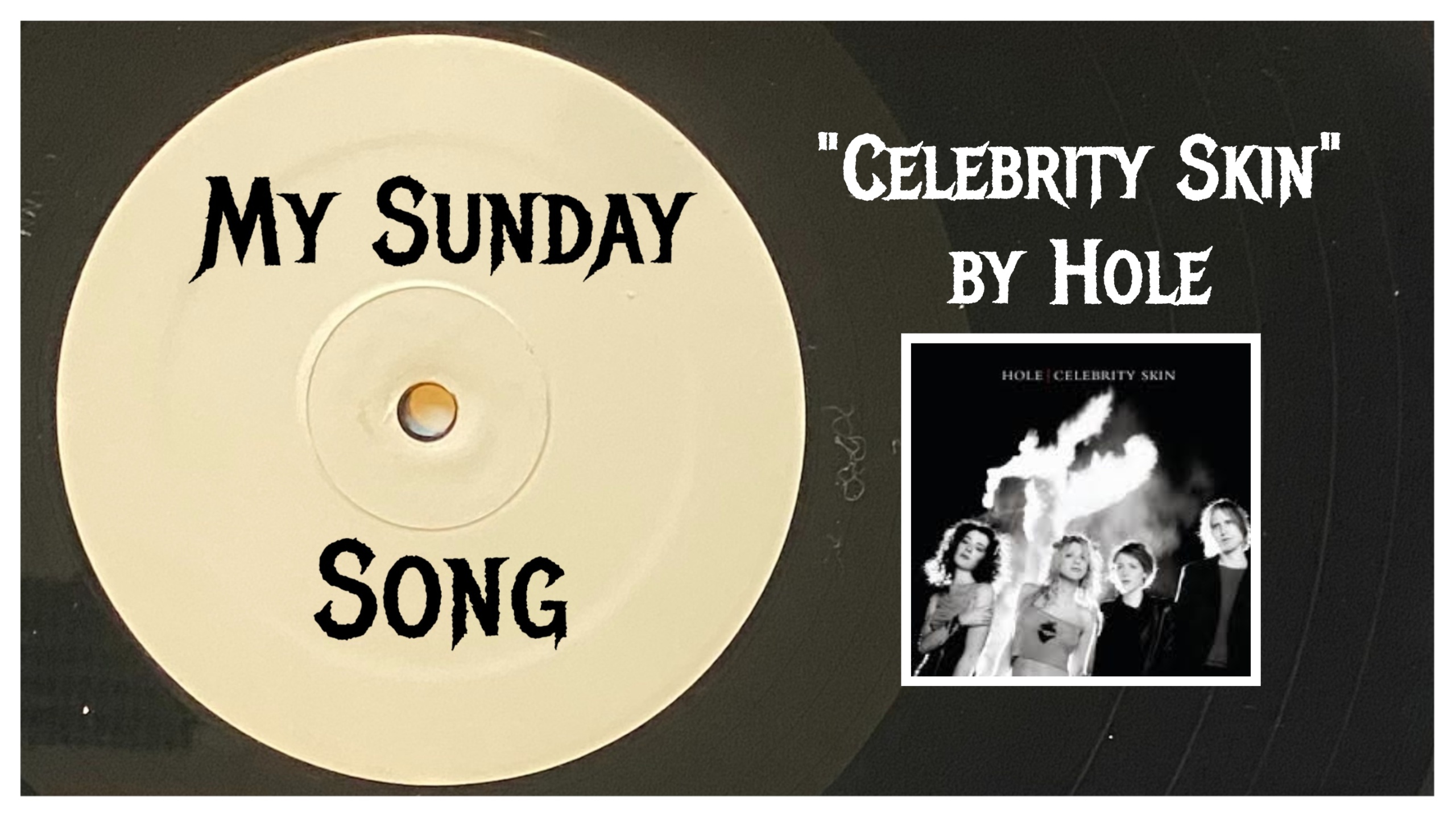
























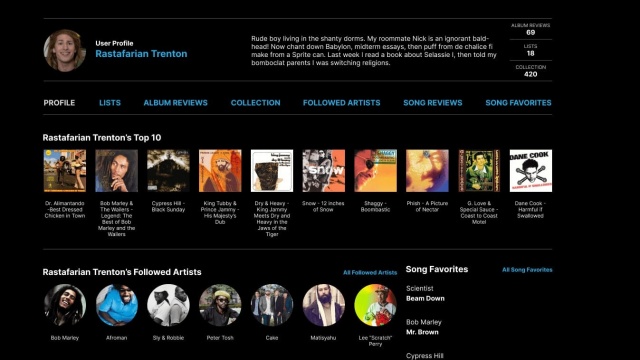

















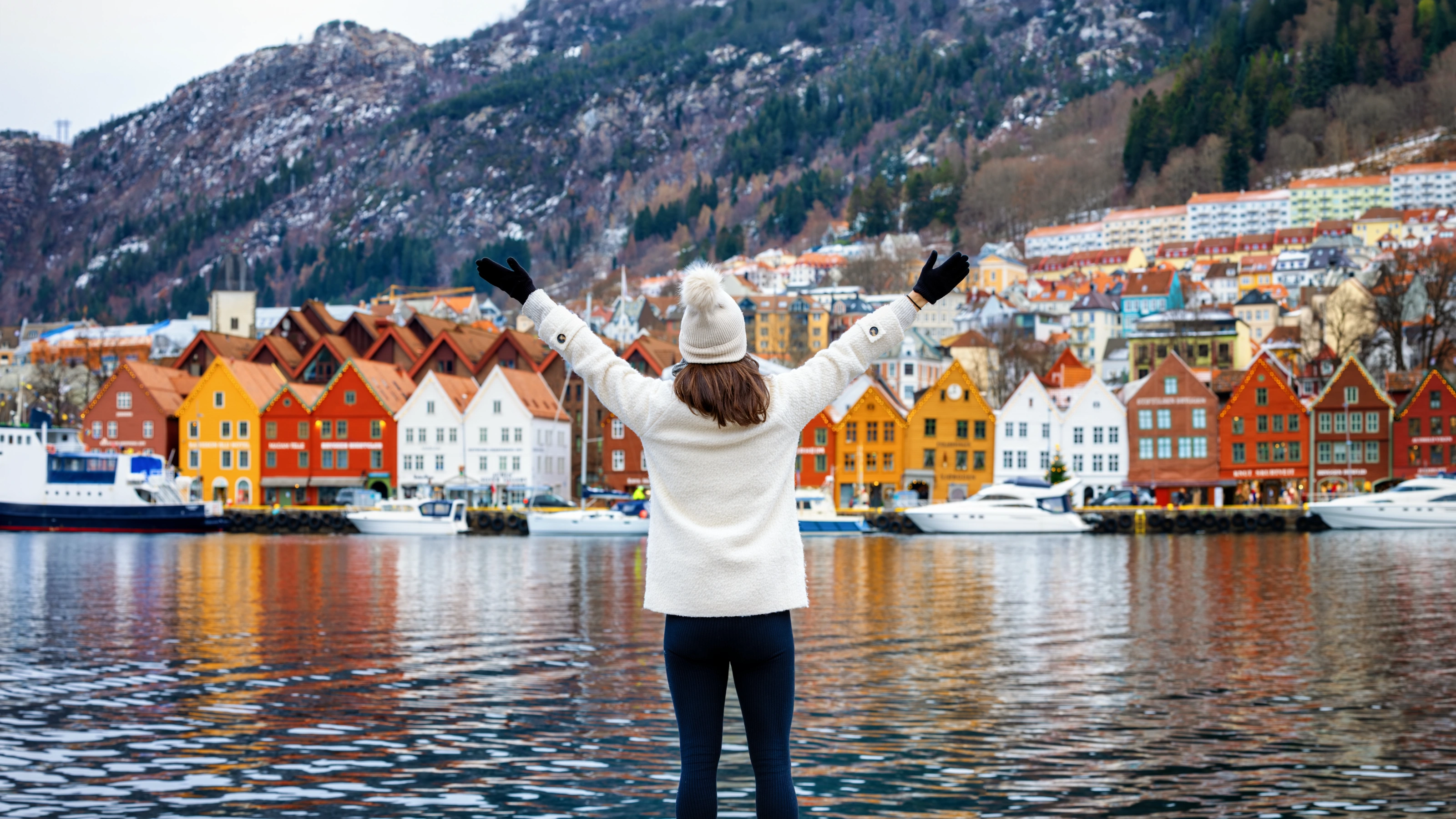
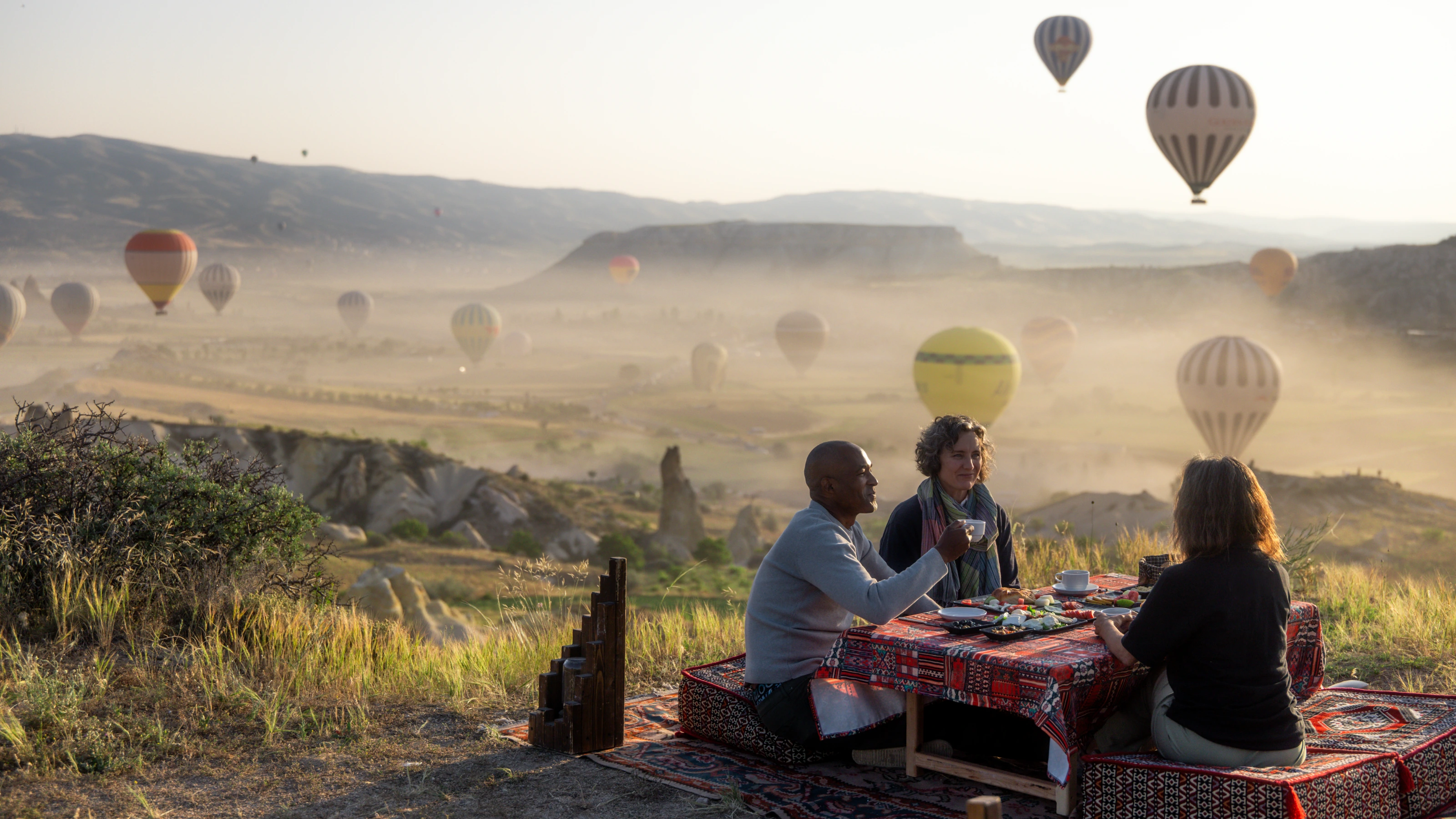
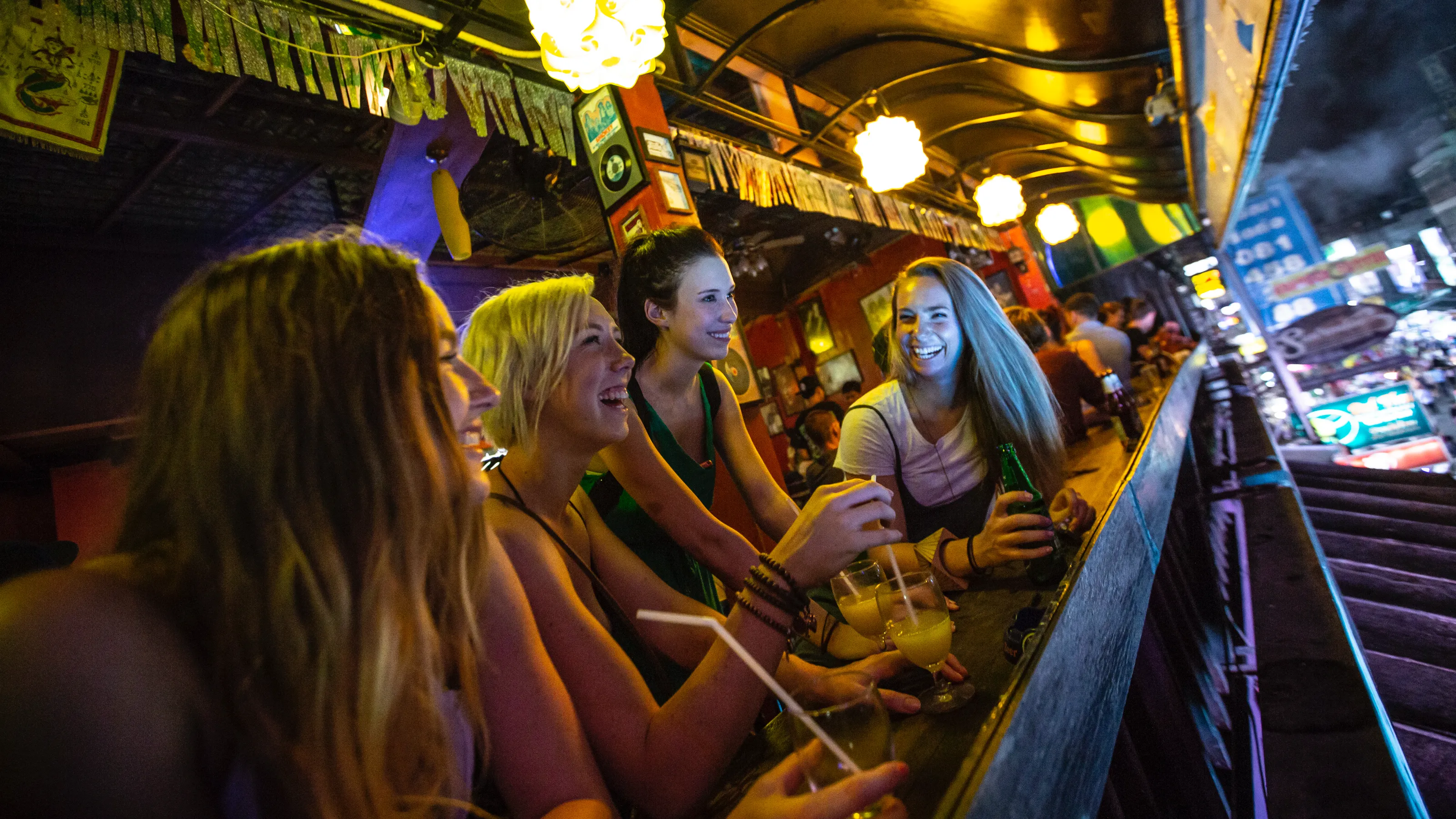
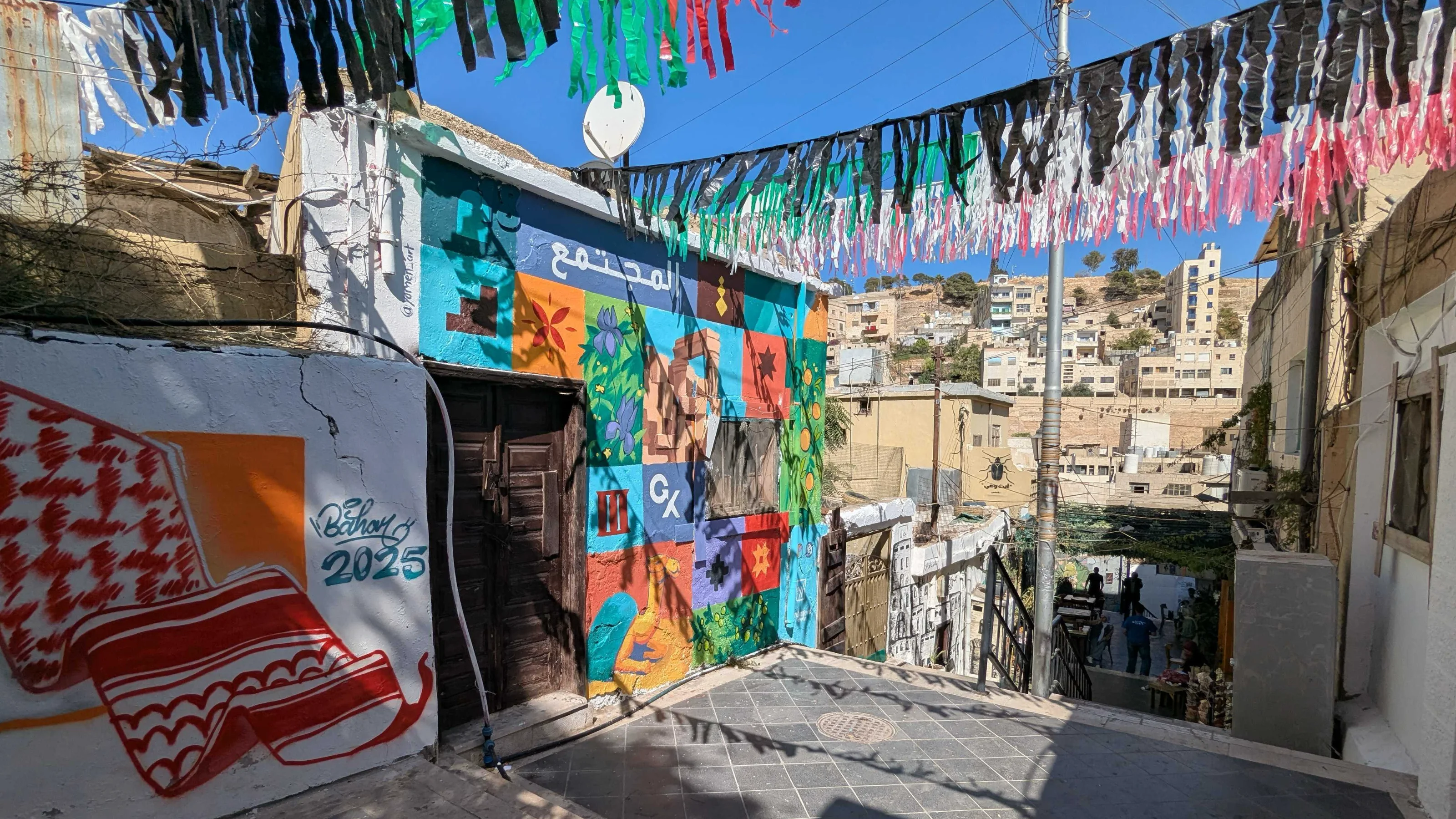

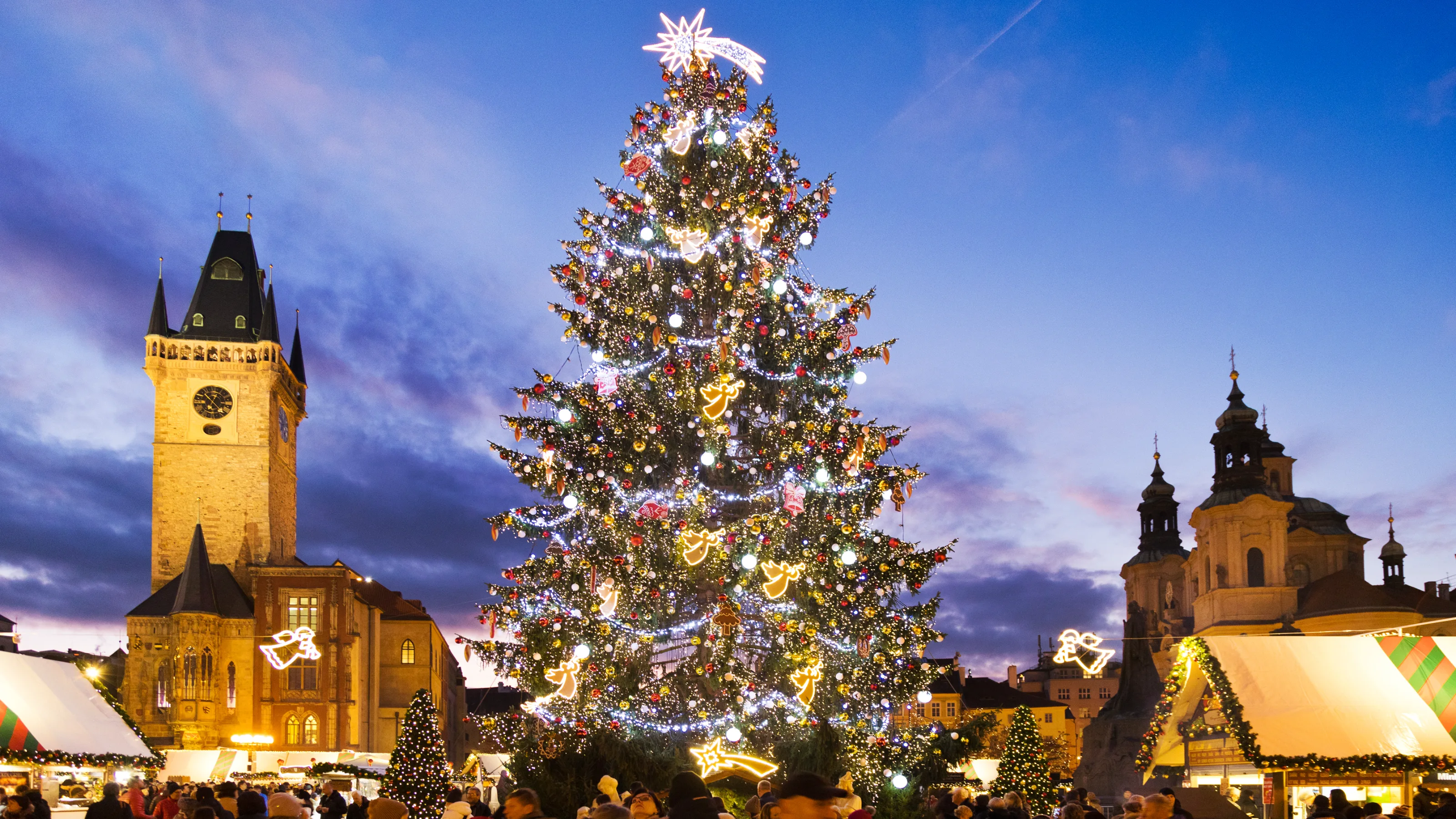
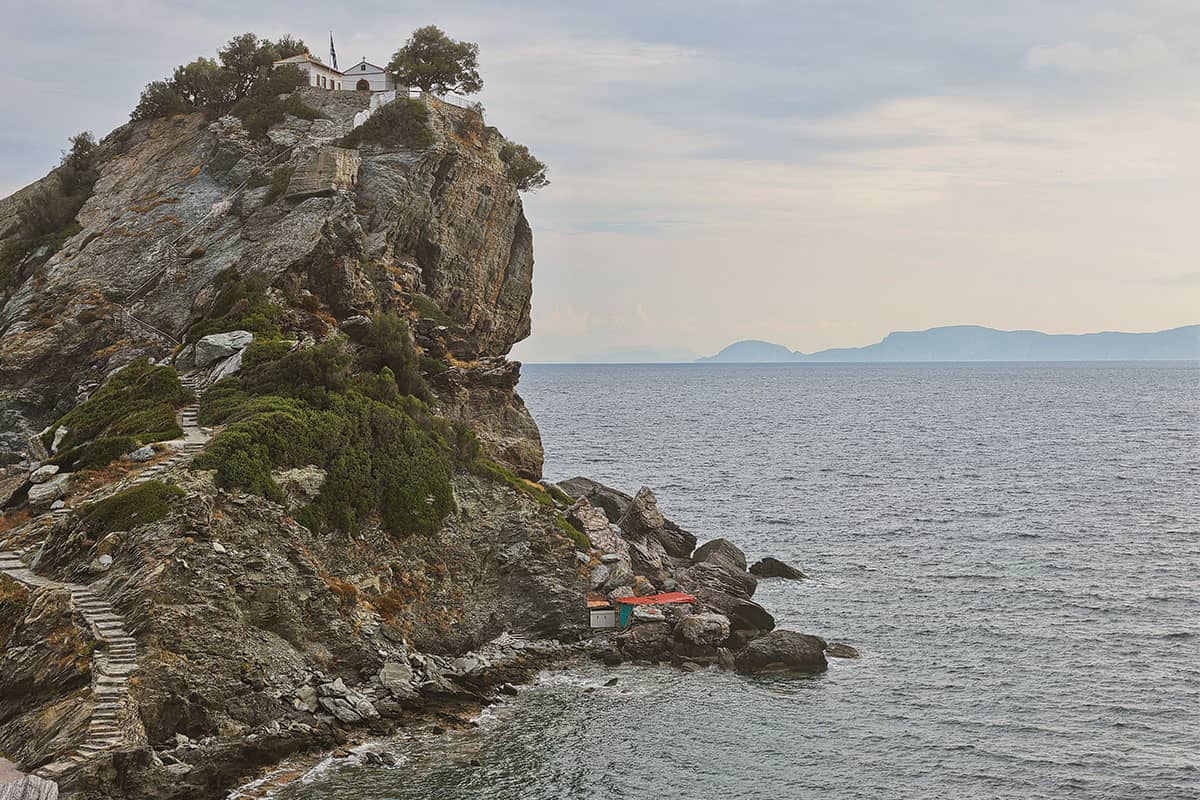


















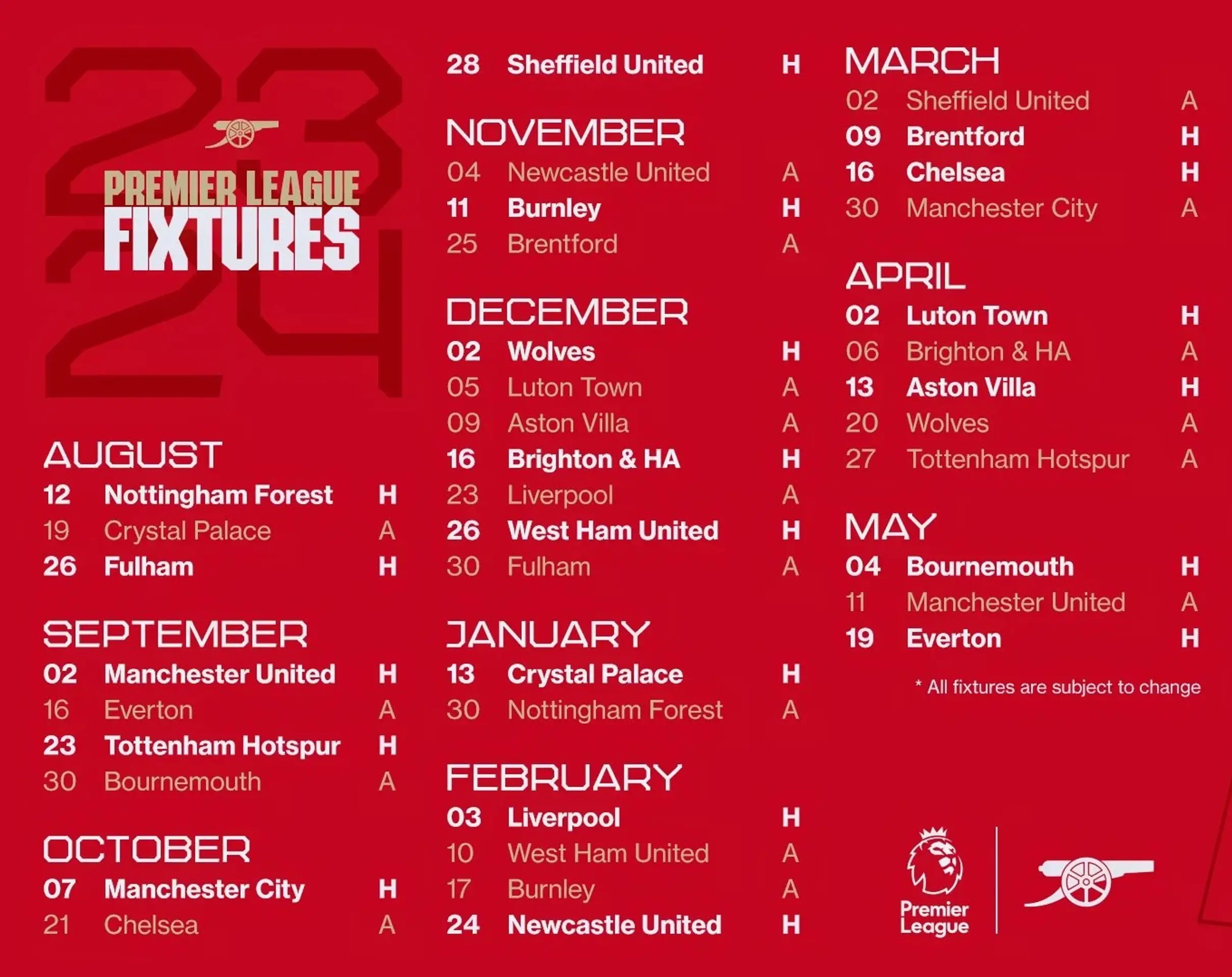


















:format(webp)/cdn.vox-cdn.com/uploads/chorus_image/image/66321622/1206682849.jpg.0.jpg)

























:format(webp)/cdn.vox-cdn.com/uploads/chorus_image/image/67131045/1261725039.jpg.0.jpg)




































/origin-imgresizer.eurosport.com/2024/02/04/3880159-78836108-2560-1440.jpg)



















